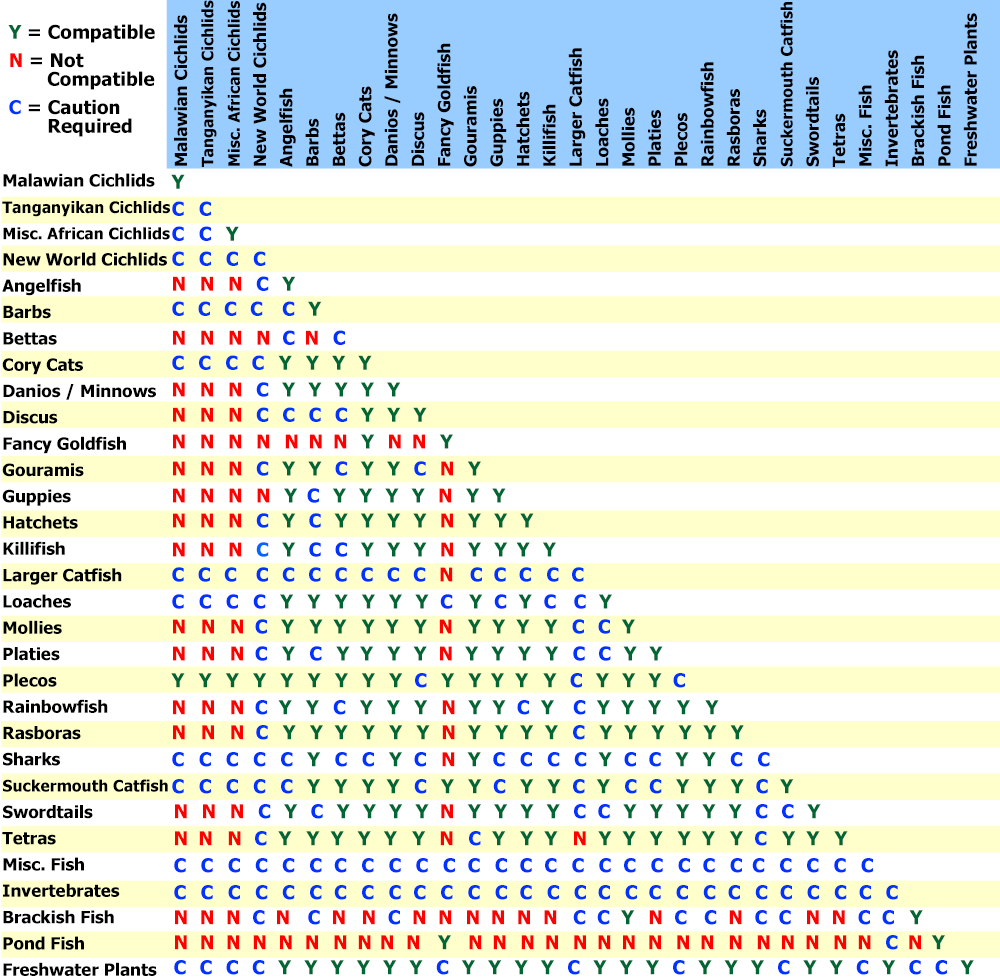Description
Polar Blue Cichlid – Striking Hybrid with Personality and Charm
The Polar Blue Cichlid is a stunning hybrid between a convict cichlid and a parrot cichlid, combining the best of both worlds—bold coloration and a friendly, manageable nature. Its powdery blue body is accented with dark vertical bars and a slightly rounded face, giving it a unique appearance that stands out in any freshwater aquarium.
Known for their hardiness and adaptability, Polar Blue Cichlids are moderately territorial but generally peaceful compared to other Central American cichlids. Their active behavior, curious personality, and striking good looks make them a popular choice for hobbyists of all experience levels.
Key Features:
-
Coloration: Bright ice-blue body with dark vertical stripes and pearl-like sheen
-
Temperament: Semi-aggressive—territorial during breeding but peaceful in well-structured tanks
-
Size: Grows up to 6–8 inches
-
Tank Requirements: Minimum 40 gallons with rocks, hiding spots, and moderate flow
-
Diet: Omnivorous—enjoys pellets, flakes, frozen/live foods
-
Compatibility: Best with similarly sized semi-aggressive species like Firemouths, Acara, or larger tetras
The Polar Blue Cichlid brings color, personality, and hybrid hardiness to any aquarium—perfect for aquarists looking for a vibrant centerpiece with an engaging attitude.
Click & Collect
Livestock will only be bagged once you arrive, or if you contact us in advance to request it ready beforehand.
Local Delivery
Order anything from our in-store range and have it delivered right to you.
-
Minimum spend: £50
-
Delivery up to 10 miles: £10
-
Delivery up to 25 miles: £20
Distances are measured “as the crow flies”, not by road.
Once your order is placed, we’ll be in touch to arrange a suitable delivery date and time.
Please note, delivery may take a little longer as we often group orders together to build an efficient delivery run.
Important: If you’re ordering a large aquarium, please ensure someone is available to help unload the van on arrival.
Dry Goods Delivery
-
DX Express: 1 working day, same-day dispatch before noon 0-75kg
-
Express Pallet: 1–3 working days 75-500kg
If you'd like to add more items to an existing order that hasn't yet been dispatched, please place a Click & Collect order and leave a note asking us to combine the orders.
Please note: We currently only dispatch parcels Wednesday to Friday.
Pre-Order
Want the full details? Check out our Terms & Conditions.
Livestock Delivery
Thursday Delivery – £24
-
Dispatched Wednesday afternoon
-
Delivered Thursday before 1pm
-
Order by Wednesday 12 noon
-
Minimum spend: £50
Friday Delivery – £24
-
Dispatched Thursday afternoon
-
Delivered Friday before 1pm
-
Order by Thursday 12 noon
-
Minimum spend: £50
Saturday Delivery – £29
-
Dispatched Friday afternoon
-
Delivered Saturday before 1pm
-
Order by Friday 12 noon
-
Minimum spend: £50
📦 Want to Add to an Existing Order?
No problem! Just place a Click & Collect order and leave a note asking us to link it with your original one (as long as it hasn’t been dispatched yet).
🛒 Dry Goods Now Included!
You can now include dry goods in your livestock delivery – perfect for topping up supplies in one go.
❄️ Please note: We can’t send frozen food with livestock – please order frozen items separately.
⚠️ Delivery Exclusions
Unfortunately, we’re unable to deliver livestock to the following postcodes:
Scotland & Isles:
AB30–AB56, DD8–DD10, DG3–DG9, DG12–DG14, FK17–FK21, KA18–KA19, KA26–KA30, PA20–PA38, PA80, PH3–PH40
Cornwall Isles: TR21–TR25
All of the following postcodes are excluded:
BT, HS, IM, IV, JE, KW
Plus Channel Islands and Shetland Islands
Payment & Security
Your payment information is processed securely. We do not store credit card details nor have access to your credit card information.


